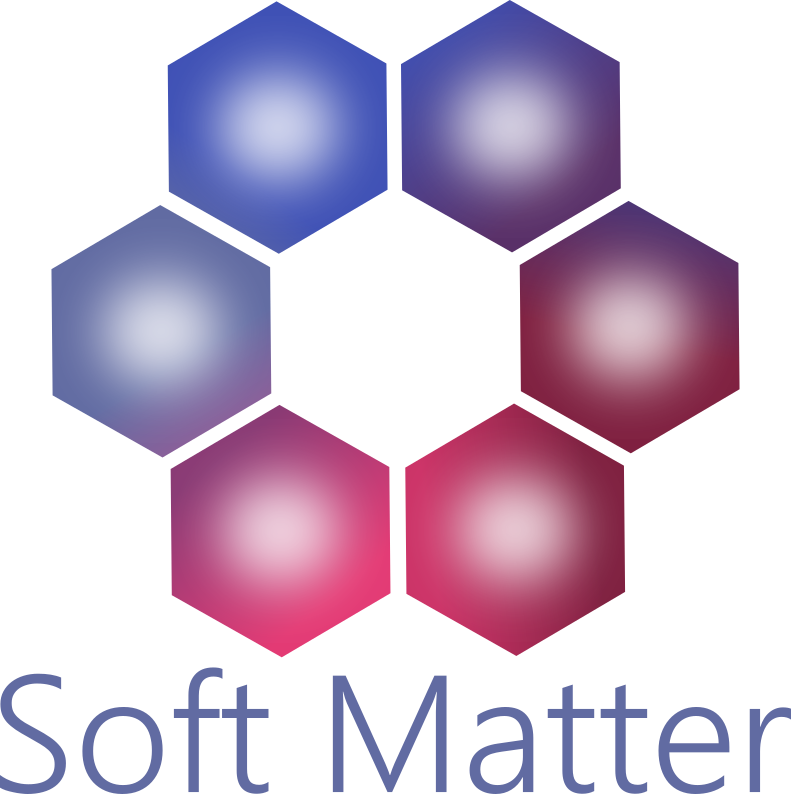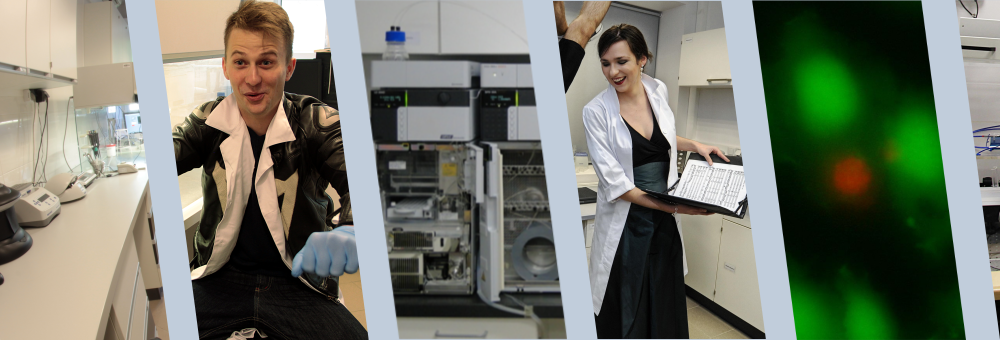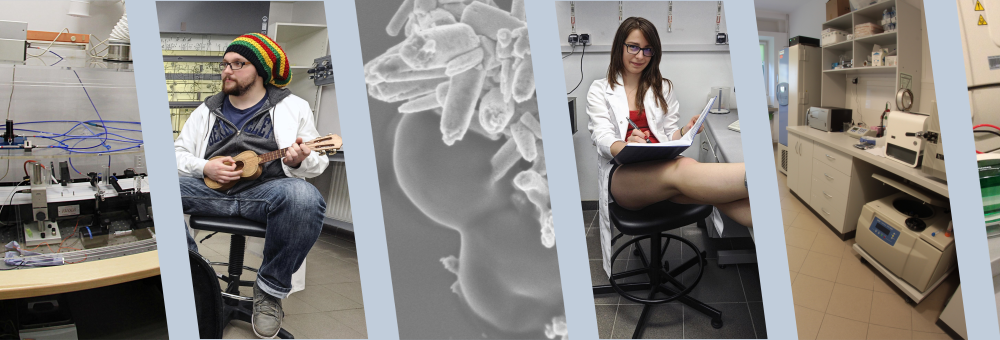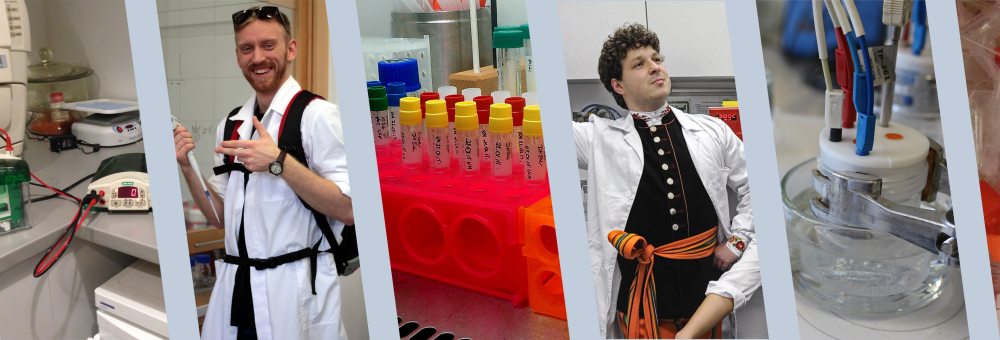Publication
Influence of the free-energy functional form on simulated morphology of spinodally decomposing blends
Author(s): Aksimentiev, A and Holyst, R
Title: Influence of the free-energy functional form on simulated morphology of spinodally decomposing blends
Abstract: The spinodal decomposition of a binary mixture has been studied within mesoscopic models. It has been found that the form of the free energy has a crucial effect on the morphological in asymmetric blends. We have shown that the principal that determines the topology of the interface (and type of is the equilibrium minority phase volume fraction, while the from bicontinuous to droplet morphology can be treated as a The concentration dependence of the square gradient attributed for the Flory-Huggins-de Gennes free energy has significant influences on the average domain growth, but can be experimentally from its constant-coefficient alternative measuring the maximum wave vector of the scattering intensity as a of the minority phase volume fraction for spinodally asymmetric blends. The concentration dependence of the coefficient has the weak, systematic effect of slowing down the development. The local shape of the interface is not considerably by the concentration dependence of the square gradient and Onsager coefficient.
Pages: 6821-6830
Journal: PHYSICAL REVIEW E
Volume: 62
ID: ISI:000165341900017
Year: 2000
DOI: 10.1103/PhysRevE.62.6821









